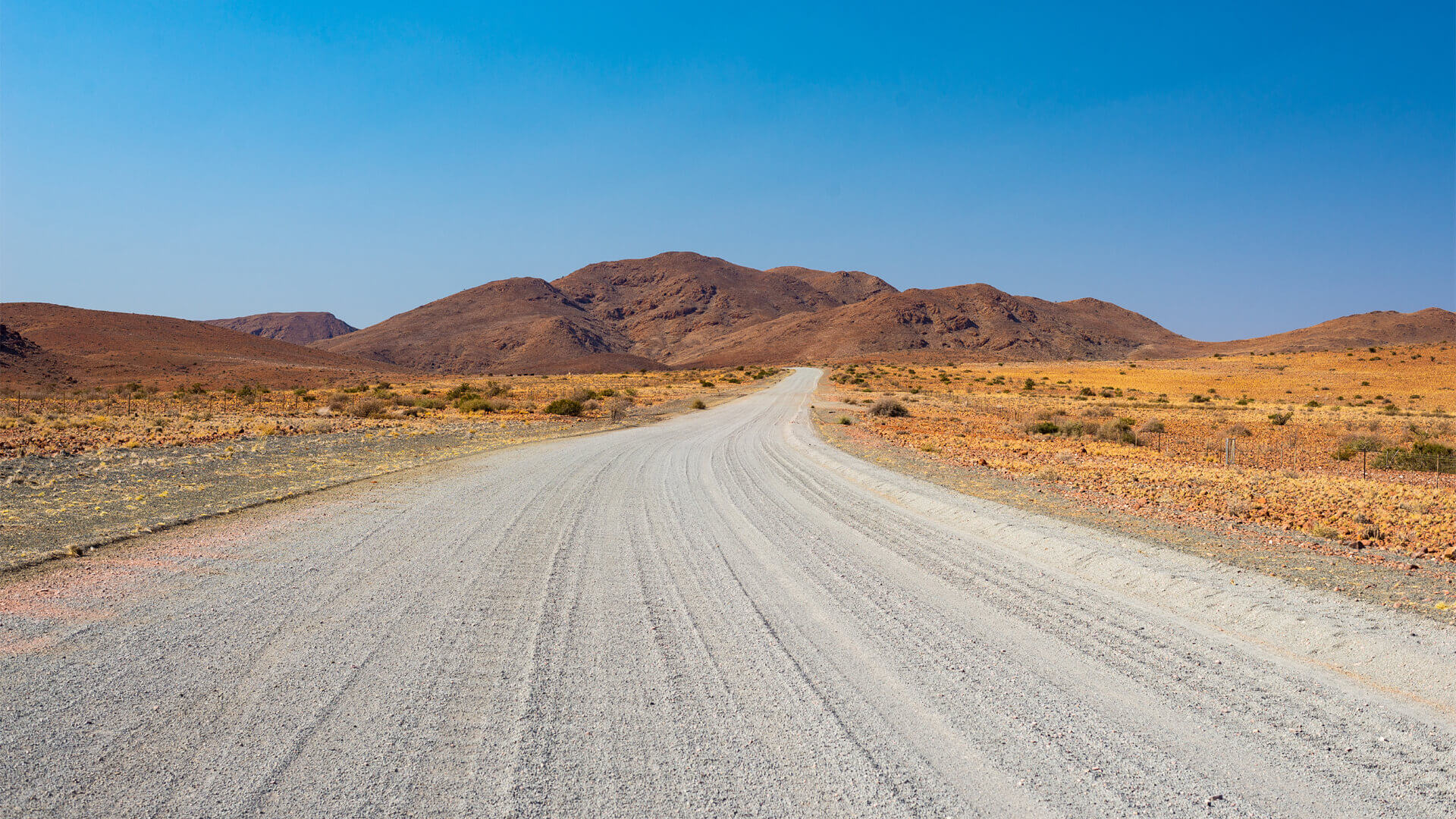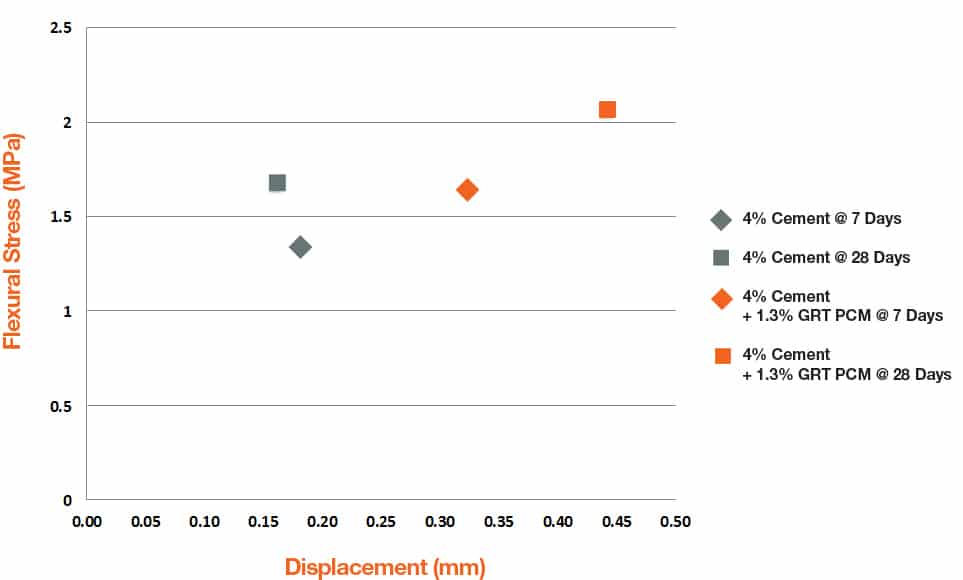

Superior Soil Stabilization Performance
Our cost-effective products are non-toxic, environmentally safe and extremely robust, with a unique patented application that physically and chemically bonds soil or pavement particles leading to improved compressive strength, high tensile resilience and water impermeability.
Designed to mitigate against degradation caused by weather or traffic, our advanced soil stabilization products are ideal for a variety of applications, from public road pavements, to hardstands and lay-down areas, right through to unsealed haul, rural and service roads.
The mechanistic design principle for pavements is driven by material performance, and is also focused on the weakest point in a pavement, the bottom face of a base course layer. With modified pavements, or those treated with cement, design is particularly limited by the low tensile capacity of the layer; therefore the pavement needs to be designed thicker.
By offering a greater resistance to tensile failure, GRT 7000, GRT 9000 and GRT PCM can provide savings, by enabling significantly reduced pavement thickness.

PCM improves significantly, inherent resilience against cracking caused by shrinkage and flexing. High internal stresses that normally result during the hardening process are mitigated in the crosslinking process setup between the long chain polymers, pozzolanic cements and water, result in the hydration products becoming less brittle when they form round the soil particles.
Resilience to failure from external forces such as; settling, heaving subgrades, and high traffic volumes is greatly enhanced. More cost effective designs are now possible where a stabilised base layer can be constructed to full pavement thickness without the concerns of reflective cracking.

GRT stabilization products can either be in-situ blended into the existing road material or added into new materials through a pugmill at a quarry or stockpile site.
All roads and pavements age and are compromised over time or by increased traffic volumes, resulting in a range of symptoms including dust, potholes, rutting, corrugation or total pavement failure. This can also result in vehicle accidents, can cut off communities, and impact on the flow of goods people.
Materials are then spread, compacted and trimmed to required design specification. With a skilled crew able to lay an impressive 7,000m2 per shift, it can offer significant savings that range between 4 and 10 times cheaper when compared to traditional bound pavements such as asphalt and concrete.
GRT stabilization products transform end of life, out of spec roads and pavements into safe, durable infrastructure, in a cost-effective manner.
All roads and pavements age and are compromised over time or by increased traffic volumes, resulting in a range of symptoms including dust, potholes, rutting, corrugation or total pavement failure. This can also result in vehicle accidents, can cut off communities, and impact on the flow of goods people.
With GRT’s polymer soil stabilization technologies, you can alleviate these very real social, environmental, and economic concerns.